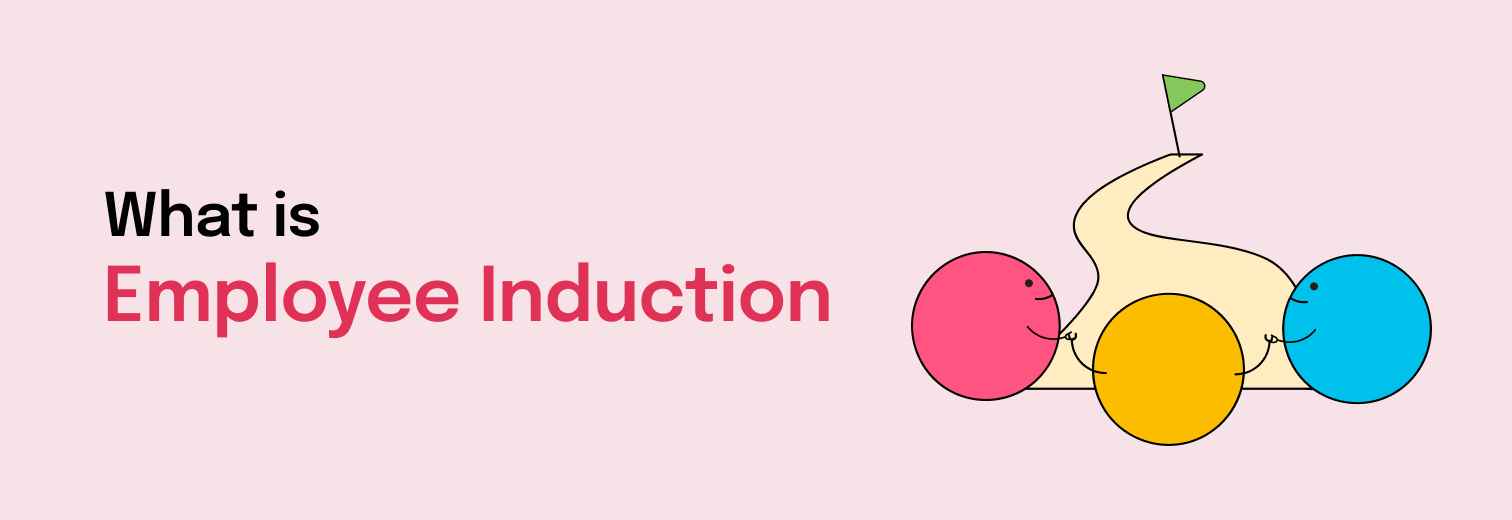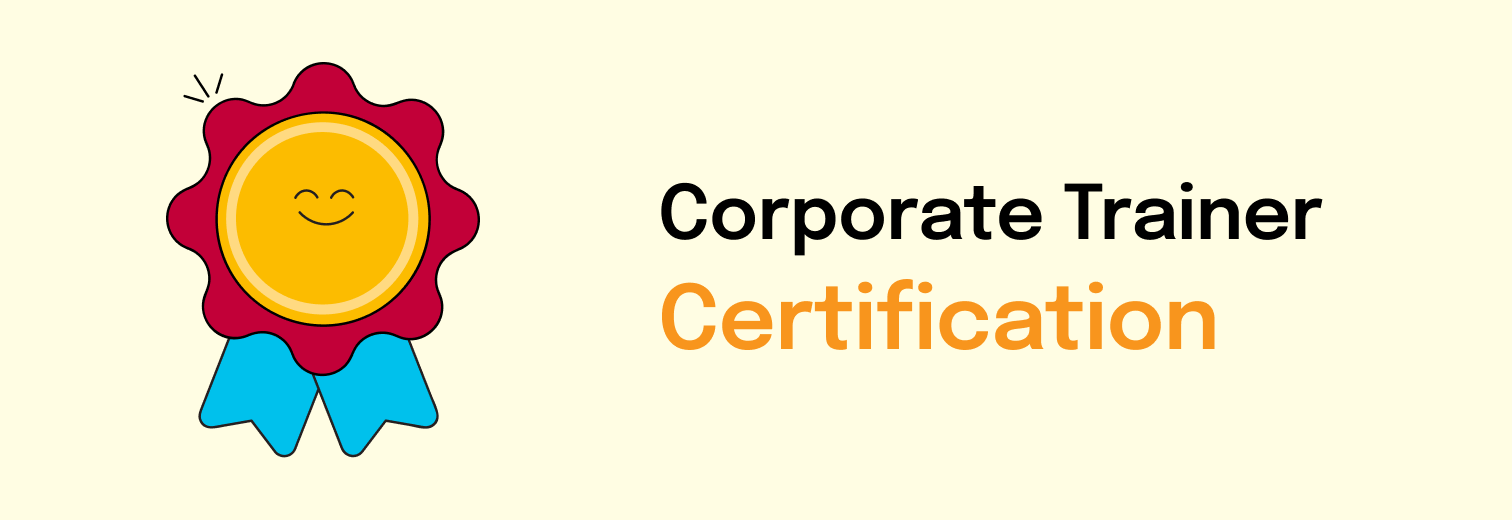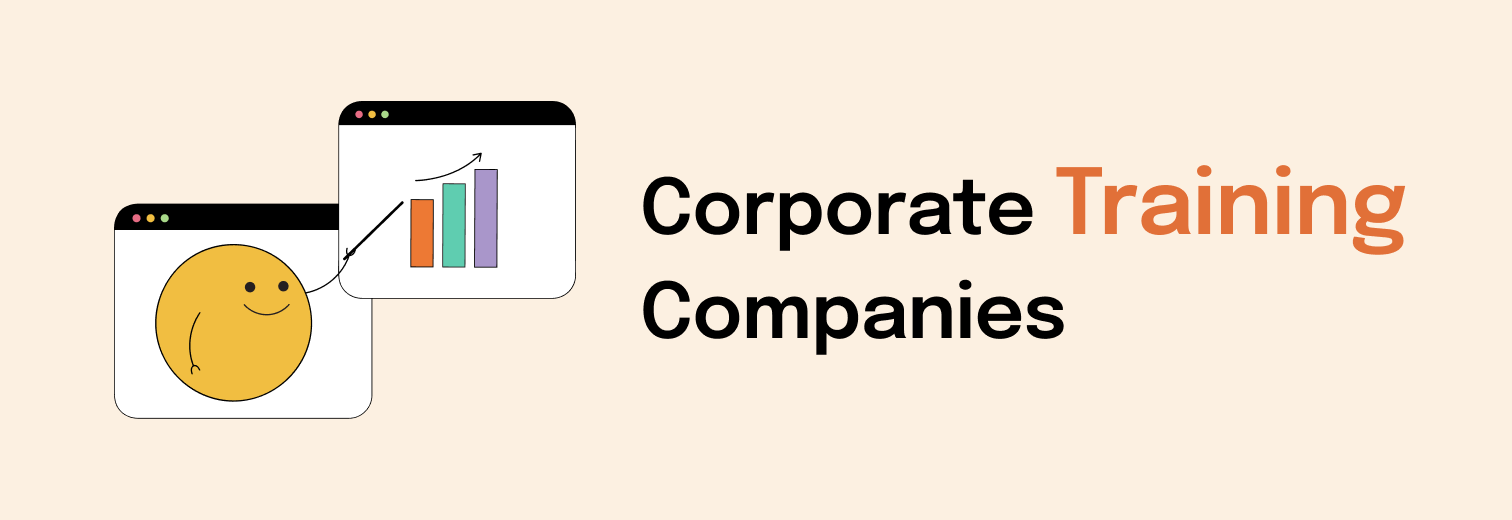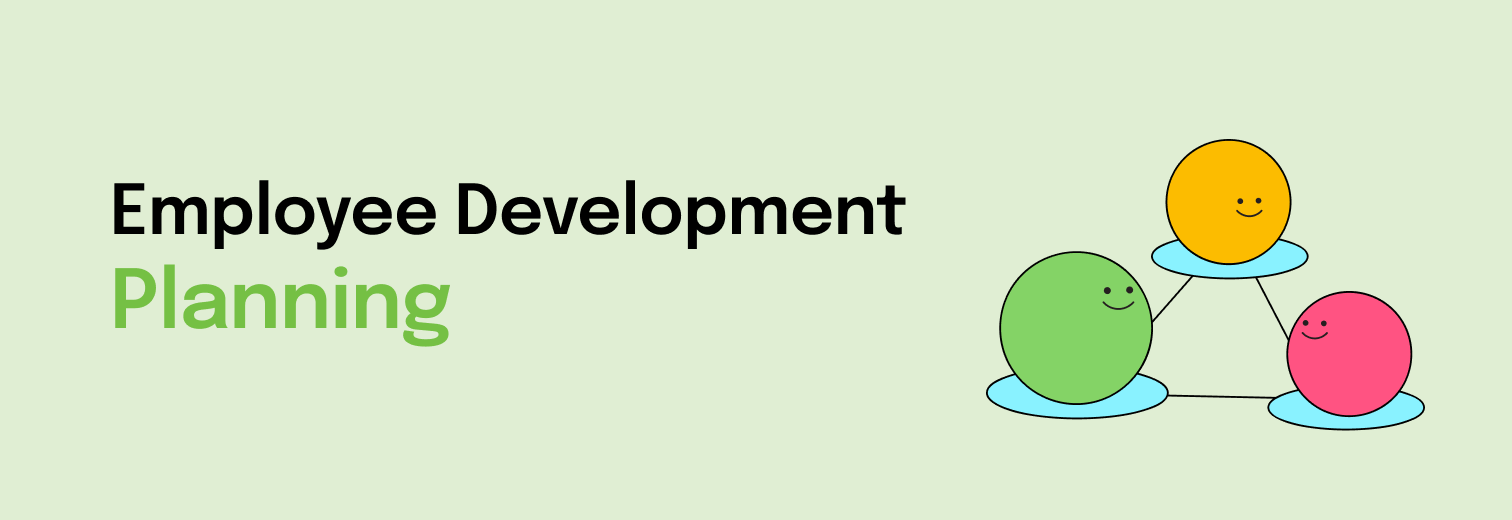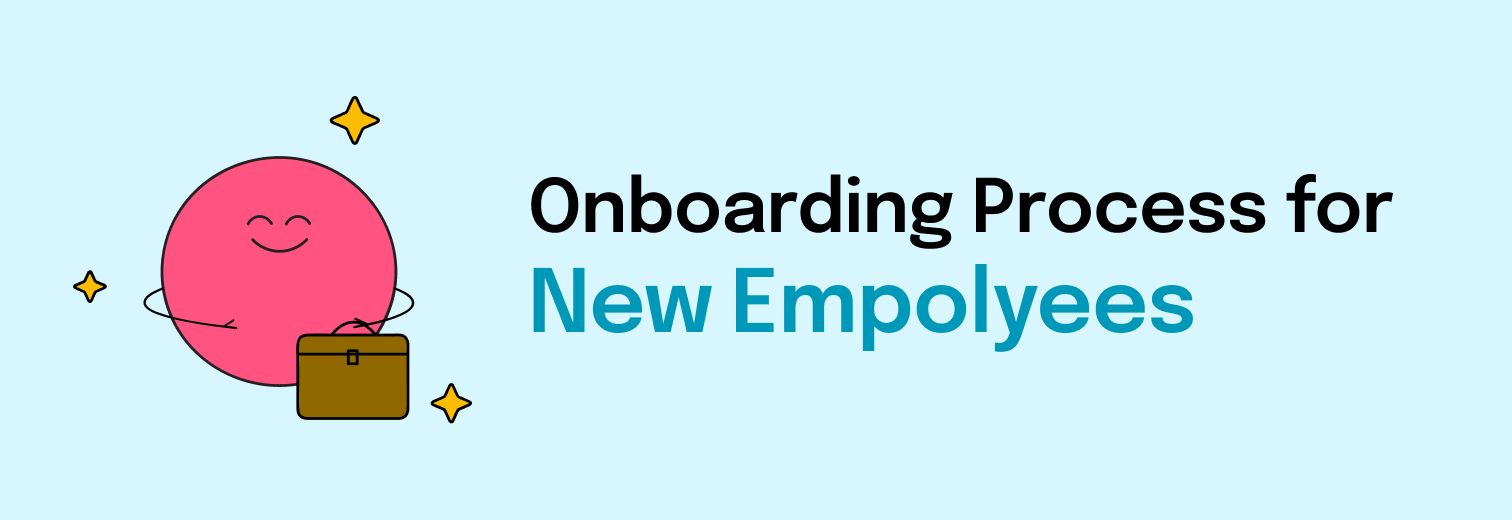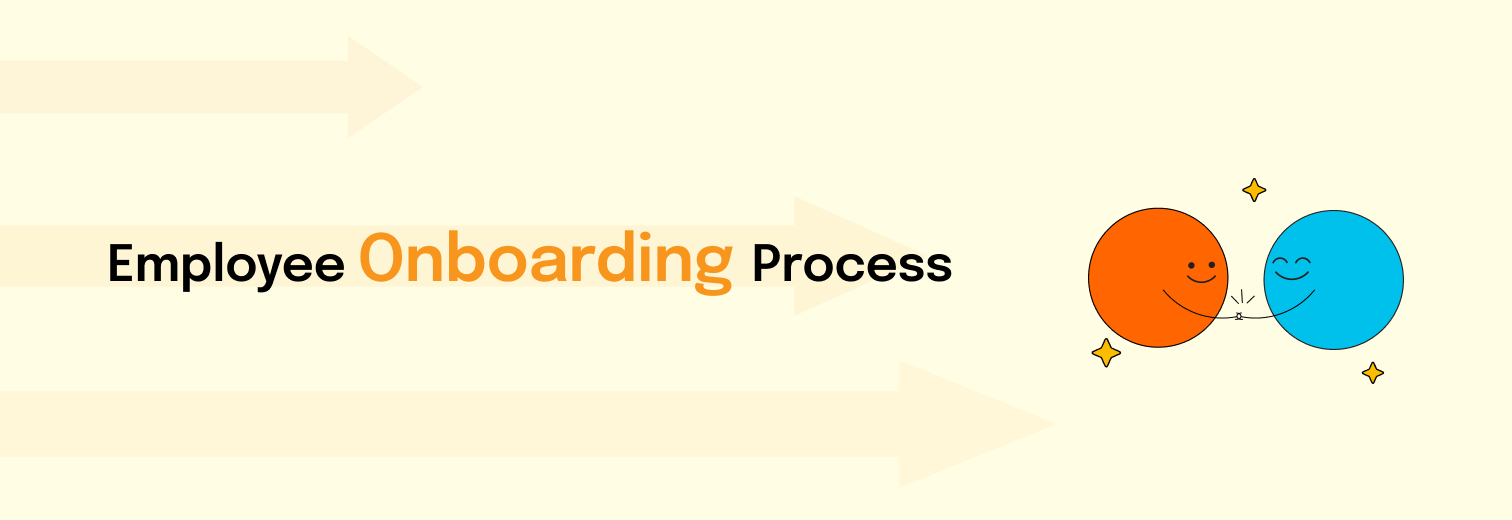Without so much as a warning, it creeps in, and then it stays for a long, long time. Sometimes, for days or worse, weeks.
Are you wondering what I am talking about? Well, I am talking about the melancholic feeling that creeps in from time to time because of not getting the chance to engage with people regularly. I mean, yes, we have all gotten used to of the virtual connects. Most of us have gone beyond work calls and to exploring virtual lunches and happy hours, yet the need to be take a pause and say a “hi” to work colleagues or the warm hugs do not happen as they used to. While not much can be done today about the physical proximity, we still have at our hands the onus of disengagement the employees are feeling.
One might argue that they are doing everything in their power to keep the employees engaged – from Monday Motivation to Friday Fun activities. But is that enough? Well, there are no quick fixes when it comes to employee engagement and the bitter truth is that simple, irregular team engagement or team building activities won’t help change your culture. Rather, activities that help your team feel a sense of belonging should be a religious practice, not a quarterly or an annual event. In my experience here are some of the things that might help –
Support and Engagement
Table of Contents
With the reduction in the amount of time we spend on connecting one-on-one, the feeling of being lost, undervalued, and demotivated has increased. Some companies have proactively created suitable conditions for remote work in terms of equipment – laptops, home office set-up. All this is great. But what an employee will value in the long run is regular connects, clear WFH expectations and a personal developmental plan.
What can you do about this?
As managers, leaders and L&D experts, you should have devised and communicated a solid work-from -home plan which includes what the team members are expected to do, are their any deadlines, quality, and above all, create a safe environment. Regular, agenda driven team connects and team engagement activities, even if the agenda is to have fun and bond will help create a conducive environment. It will allow the team members can let their guards down, which will foster trust and camaraderie.
Recognition & Celebrations
A spontaneous pat on the back for a flawless presentation or a random thank you note left on the desk for help with a spreadsheet have become a thing of the past. While many will argue that their companies still hold annual recognition awards, these seemingly random acts of kindness seem to be on the brink of getting lost. Recognition, positive reinforcement, and feedback need to be a regular and religious affair, not something to be looked at annually.
What can you do about this?
Just as in the face-to-face environment, you can build in systems where recognitions may happen – be it in weekly team connects, or through activities that encourage team members to appreciate one another.
Holistic Wellness & Personal Wellbeing
While employers might dismiss this idea by stating that wellbeing is a personal choice, and it is, the need to emphasise that employees need to take initiative, has become significant. It is no mystery that employees who take better care of themselves are better performers, are more productive and are more resilient. Employers and leaders are not expected to suddenly become wellness experts, but to create an environment that promotes wellbeing – mental, physical, and social.
What can you do about this?
You would agree that this one in particular requires tremendous personal initiative, therefore running something that is both fun and challenging may come to your rescue. Simple things such as running a challenge on Whatsapp (or any other communication platform) that encourages people to set up their own personal fitness goals. Anything from losing 5 kgs to practicing yogasanas to giving up smoking would work wonders. You can also look at a more spaced out approach to incorporate sessions on guided meditation, or Mandala, or even giving an extra day off to rejuvenate each month.
Learning Opportunities
Employees want to spend their maximum time doing great work. They want to be able to use their strengths to the best of their capability every single day. The employers should create an environment that is conducive to employee upskilling, learning and development. Letting employees do more work that focuses on their strengths and investing in their development are the two ways to go about ensuring that the employees stay motivated and productive.
What can you do about this?
Of course, when learning is spoken of, the first thing you think of, is a training program. It certainly helps. Be it functioning as a better team, or developing leadership, or learning a skill that is needed on the job, trainings do help. In order to make it a continuous process, what you may also look at is encouraging participants to take up learning that they can do at their own pace, something that focuses on the individual’s development solely.
Conclusion
The Pandemic has turned out to be the biggest opportunity to test the sustainability of organisational practices. From company cultures that thrive, the biggest global work-from-home experiment, to the ultimate test of resilience – it’s all about the bigger picture! Employees, managers, leaders, employers – everyone is in this together. While, the employees must voice out their concerns, the leaders must listen, truly listen to them.
Whether it is relooking at the virtual connects you do, or the performance evaluation tools you use, or the work-from-home procedures you follow, you need to ask yourself –
Is it conducive to creating a culture that you’d like?






